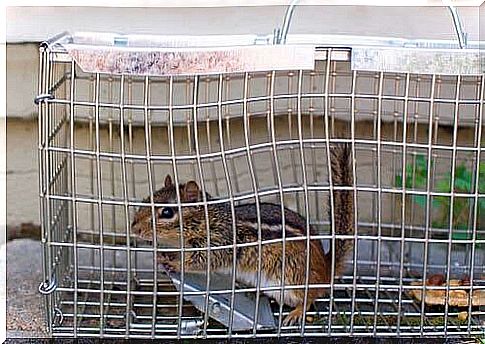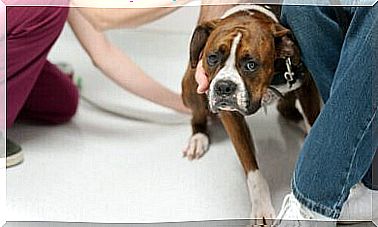What Are Siberian Squirrel Diseases?

Fortunately, squirrels as pets are in decline, specifically the Siberian squirrel, one of the cutest and most entertaining, but least suited to life in captivity.
This animal weighs about 100 grams, because it has a tail that is almost the same size as its body: helping the squirrel to balance. In addition, it has black and white stripes on its back and can live for 8 to 12 years.
A squirrel cannot be treated like a cat: they are very frightened animals and can easily transmit diseases, especially if they are taken directly from the wild. If, despite these data, you still want to have a Siberian squirrel at home, you should know what diseases this type of animal can have:
Siberian Squirrel Diseases
It’s hard not to fall in love with these animals! They are the center of attention throughout the park and one of the ones that children love the most. But actually, they don’t get along very well with human beings, and the only ones who will approach you are those who are already used to receiving food.

These rodents are very sensitive to certain diseases, so we need to know how to recognize them and take the animal to the veterinarian for proper treatment. The most typical diseases of the Siberian squirrel are:
- Tooth overgrowth : Siberian squirrel teeth, like most rodents, grow throughout their lifetime. The lack of materials to wear teeth in captivity makes them a very uncomfortable size for the animal. This can even prevent them from eating normally. If this is the case for your squirrel, you will need to take the animal to the vet to have its teeth trimmed.
- Alopecia : Hair loss in rodents is more common than it sounds, and this type of squirrel is prone to alopecia problems caused by small parasites that lodge in their fur. If you notice significant hair loss, take him to the vet for treatment.
- Pneumonia : rodents are very sensitive to sudden changes in temperature, and even more so to air conditioners. If you live in an area where air conditioning is needed, avoid letting the air fall directly on the Siberian squirrel cage. Anyway, putting a little house inside the cage where it can shelter will allow the animal to protect itself from drafts.
- Rage: This type of animal can have rabies, and the most worrying thing is that it can transmit it to humans. If you have caught the squirrel in the wild, it is advisable to have a thorough examination at the vet to avoid unpleasant surprises as much as possible.
- Stress: the Siberian squirrel is an extremely nervous and scared rodent, which makes it incompatible with other pets, such as dogs and cats. Children are also not good friends with squirrels, as they will try to play with them excessively, making them very intimidated.
How to avoid problems
The first thing you should do when purchasing a Siberian squirrel to keep as a pet is to take it to a professional to have it examined for possible illnesses it may have.
Afterwards, it is advisable to take him for a check-up once a year, similar to what is done with other pets, such as dogs or cats.

The cage should be big enough for the squirrel to run and move around without problems. Inside, you should put branches and objects that he can play with, preferably from trees without much resin.
Equipping the cage with a good hiding place is essential to avoid stressing the animal : you can put pieces of cloth or straw so that it can assemble its own bed. This will make it easier for them to adapt to life in captivity, although this type of animal will never feel 100% comfortable being caged.









